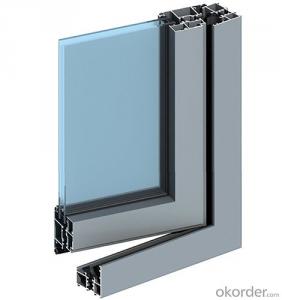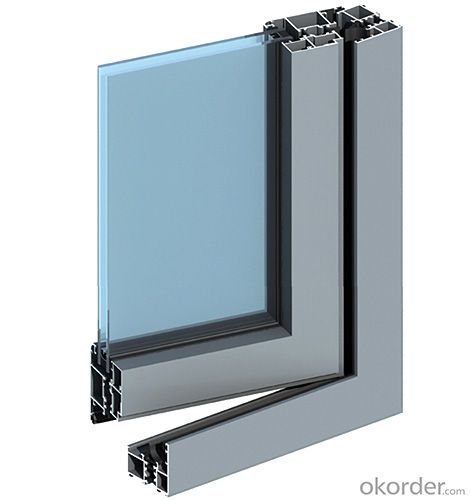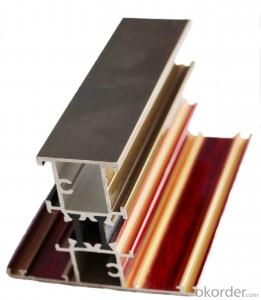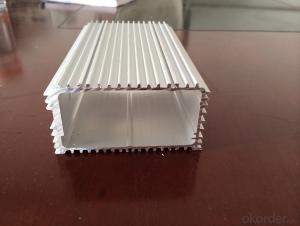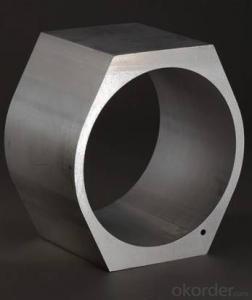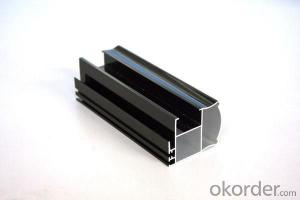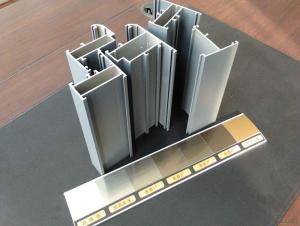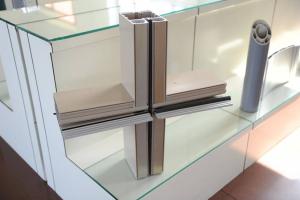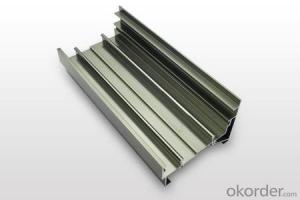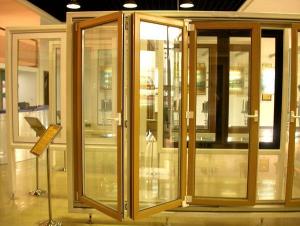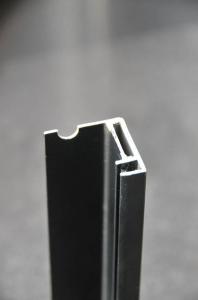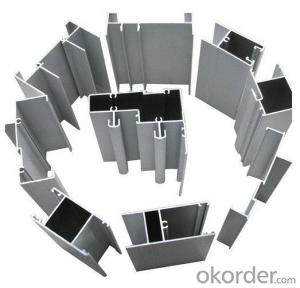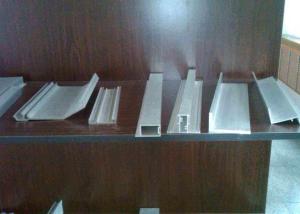Mill Finished Aluminium Profiles for Door Frames
- Loading Port:
- Shanghai
- Payment Terms:
- TT OR LC
- Min Order Qty:
- 5 m.t.
- Supply Capability:
- 1000 m.t./month
OKorder Service Pledge
OKorder Financial Service
You Might Also Like
Specification
1. Structure of Mill Finished Aluminium Profiles for Door Frames Description
Mill Finished Aluminium Profiles for Door Frames is one semi-finished aluminium material. The alloy AA1050 is widly used in building, industry ect. Its weight is much lower than steel. So many customers choosed aluminium material instead of steel.
2. Specification of Mill Finished Aluminium Profiles for Door Frames
Mill Finished Aluminium Profiles for Doors Frames | |
Main Specification | |
Alloy | AA1xxx (AA1050, AA1060, AA1070, AA1100 etc.) |
AA3xxx (AA3003, AA3004, AA3005, AA3105 etc.) | |
AA5xxx, AA6XXX (AA5052,AA5083, AA5754, AA6061, AA6062 etc.) | |
AA8xxx(AA8011, AA8006 etc.) | |
Temper | H14,H16, H18, H22, H24, H26, H32,O/F, T4, T6, T651 |
Thickmess | 0.01mm-100mm |
Width | 30mm-1700mm |
Standard | GB/T 3880-2006/ASTM |
Special specification is available on customer's requirement | |
3. Application of Mill Finished Aluminium Profiles for Door Frames
(1).Interior: wall cladding, ceilings, bathrooms, kitchens and balconies, shutters, doors...
(2).Exterior: wall cladding, facades, roofing, canopies, tunnels,column covers , renovations...
(3).Advertisement: display platforms, signboards, fascia, shop fronts...
4. Feature of Mill Finished Aluminium Profiles for Door Frames
Surfact Quality :
Be free from Oil Stain, Dent, Inclusion, Scratches, Stain, Oxide Dicoloration, Breaks, Corrosion, Roll Marks, Dirt Streaks and other defect which will interfere with use,
Mechenical Property:
Chemical Composite and Mechanical Property
5. Certificate of Mill Finished Aluminium Profiles for Door Frames
SGS and ROHS(if client request, paid by client), MTC(plant provided), Certificate of Origin(FORM A, FORM E, CO), Bureau Veritas and SGS (if client request, paid by client), CIQS certificate
6. Image of Mill Finished Aluminium Profiles for Door Frames
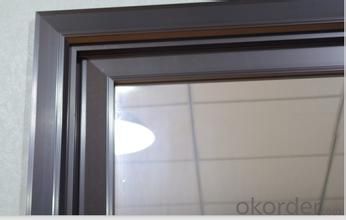
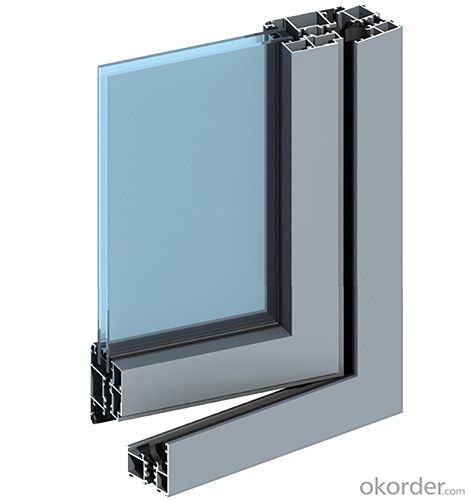
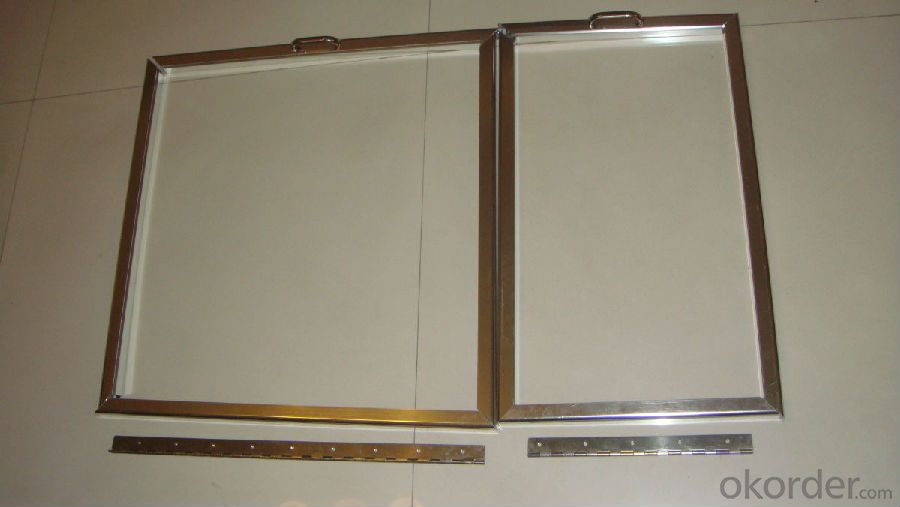
7. Package and shipping of Mill Finished Aluminium Profiles for Door Frames
First, plastic cloth with drying agent inside; Second, Pearl Wool ; Third, wooden cases with dry agent , fumigation wooden pallets, aluminum surface could cover blue PVC film
8. FAQ
1) What is the delivery time?
Depends on actual order, around 20 to 35 days
2) What is the QC system:
We have QC staff of 20 persons and advanced equipment, each production is with MTC traced from Aluminum ingot lot.
3) What market do you mainly sell to?
Australia, America, Asia, Middle East, Western Europe, Africa etc
- Q: How do I choose the right aluminum profile for my project?
- When choosing the right aluminum profile for your project, consider factors such as the desired strength and durability, the specific dimensions and shape required, the intended application or purpose, and any particular aesthetic or design preferences. It is also important to evaluate the compatibility of the chosen profile with other components or materials that will be used in your project. Research and consultation with experts or suppliers can provide valuable insights and guidance in making an informed decision.
- Q: Can aluminum profiles be used for modular storage systems?
- Yes, aluminum profiles can be used for modular storage systems. Aluminum is a lightweight and durable material that is commonly used in various industries, including storage and shelving systems. Its versatility allows for easy customization and the ability to create modular units that can be easily assembled, disassembled, and reconfigured as needed. Additionally, aluminum profiles provide a sleek and modern aesthetic to storage systems.
- Q: Is it possible to recycle aluminum profiles and repurpose them for construction purposes?
- <p>Yes, aluminum profiles can be recycled and reused as building materials. Aluminum is highly recyclable, and the recycling process requires significantly less energy compared to producing new aluminum from raw materials. Recycled aluminum maintains its strength and properties, making it suitable for various construction applications. This practice not only conserves natural resources but also reduces waste and environmental impact.</p>
- Q: Which aluminum profile is better here in Guangdong?
- I think it should be a male aluminum bar, doing things very reassuring, things are also very good. Satisfied, please adopt ha!
- Q: Can aluminum profiles be used in corrosive environments?
- Before making a decision, it is important to take certain factors into consideration when using aluminum profiles in corrosive environments. Aluminum naturally resists corrosion due to the formation of a protective oxide layer on its surface. This layer acts as a barrier, preventing further corrosion. However, in highly corrosive environments such as areas with high humidity, exposure to saltwater, or acidic conditions, the protective oxide layer may degrade over time. To enhance the resistance of aluminum profiles in corrosive environments, several measures can be taken. One option is to select an aluminum alloy with higher corrosion resistance, such as marine-grade or corrosion-resistant alloys that contain a higher percentage of alloying elements like copper or zinc. Furthermore, surface treatments like anodizing or powder coating can further enhance the corrosion resistance of aluminum profiles. Anodizing involves the creation of a thicker and more durable oxide layer on the aluminum surface, while powder coating provides an additional protective layer that acts as a barrier against corrosive agents. Regular maintenance and cleaning are also crucial for preserving the corrosion resistance of aluminum profiles in corrosive environments. This includes the removal of any accumulated dirt or debris that may contain corrosive substances. In conclusion, while aluminum profiles can be used in corrosive environments, it is vital to choose the appropriate alloy, consider surface treatments, and perform regular maintenance to ensure their long-term performance and durability.
- Q: How is the tonnage of aluminum profile extrusion machine calculated? Do you have any formulas? For example, 30*60 industrial profiles, the need for a large tonnage of extrusion machine can be done?
- Casting rod diameter is calculated according to the tube extrusion, general 1000T compressor between 120-134 aluminum rod, 1500 compressor between 152-178 aluminum rod, 2000T compressor use about 203 aluminum bars, 3600 general use of 310 aluminum rod,
- Q: What are the different machining options available for aluminum profiles?
- There are several machining options available for aluminum profiles, depending on the desired outcome and the specific requirements of the project. 1. Milling: Milling is a widely used technique for cutting and shaping aluminum profiles. It involves removing material from the workpiece using a rotating cutter. This process can create complex shapes and features such as slots, pockets, and contours. 2. Drilling: Drilling is a machining process that involves creating holes in the aluminum profiles. It is commonly used to attach components or to provide openings for various purposes. Drilling can be done manually or using CNC machines for precision and efficiency. 3. Turning: Turning is a machining process where a single-point cutting tool is used to remove material from a rotating workpiece. This technique is often used for cylindrical or symmetrical aluminum profiles to create features like threads, grooves, and chamfers. 4. Bending: Bending is a process that is used to reshape aluminum profiles by applying force to bend them into the desired shape. It is commonly used for creating curved or angled profiles for architectural or structural purposes. 5. Punching: Punching is a process that involves using a punch and die set to create holes or cutouts in the aluminum profiles. It is commonly used for creating openings for fasteners, connectors, or other components. 6. Sawing: Sawing is a machining process where a rotating blade is used to cut through the aluminum profile. It is commonly used for cutting aluminum profiles to specific lengths or for separating them into smaller sections. 7. Grinding: Grinding is a machining process that involves using an abrasive wheel to remove material from the aluminum profiles. It is commonly used for surface finishing, deburring, or to achieve tight tolerances on the profile's dimensions. Each machining option has its advantages and limitations, and the choice depends on factors such as the complexity of the desired shape, the required precision, and the material properties of the aluminum profiles. Careful consideration of these factors will help determine the most suitable machining option for a particular project.
- Q: How do aluminum profiles compare to other materials used for construction and manufacturing?
- Aluminum profiles offer numerous advantages compared to other materials used in construction and manufacturing. Firstly, aluminum is lightweight yet strong, making it easier to handle and transport while maintaining structural integrity. Additionally, aluminum profiles are highly corrosion-resistant, making them suitable for outdoor and marine applications. Furthermore, aluminum is non-combustible, providing a significant safety advantage. Moreover, aluminum profiles are versatile and can be easily customized to meet specific design requirements. Lastly, aluminum is highly recyclable, making it a sustainable choice for environmentally conscious projects.
- Q: What are the fire-resistant properties of aluminum profiles?
- Aluminum profiles possess excellent fire-resistant properties due to their high melting point of about 660 degrees Celsius (1220 degrees Fahrenheit). Additionally, aluminum forms a protective oxide layer when exposed to heat, which further enhances its resistance to fire. This oxide layer acts as a barrier, preventing oxygen from reaching the aluminum surface and inhibiting the combustion process. As a result, aluminum profiles are widely used in various applications where fire safety is crucial, such as building construction and transportation industries.
- Q: The user is asking if it's possible to use recycled aluminum to create new aluminum profiles.
- <p>Yes, recycled aluminum can be used to produce new aluminum profiles. The process of recycling aluminum is energy-efficient and environmentally friendly, as it requires significantly less energy compared to producing aluminum from raw materials. Recycled aluminum maintains the same properties as new aluminum, making it suitable for manufacturing various aluminum profiles. The recycling process typically involves melting the aluminum, which can then be cast into new shapes and forms, including profiles for construction, automotive, and other industries. This not only conserves resources but also reduces waste and carbon emissions.</p>
Send your message to us
Mill Finished Aluminium Profiles for Door Frames
- Loading Port:
- Shanghai
- Payment Terms:
- TT OR LC
- Min Order Qty:
- 5 m.t.
- Supply Capability:
- 1000 m.t./month
OKorder Service Pledge
OKorder Financial Service
Similar products
Hot products
Hot Searches
Related keywords
